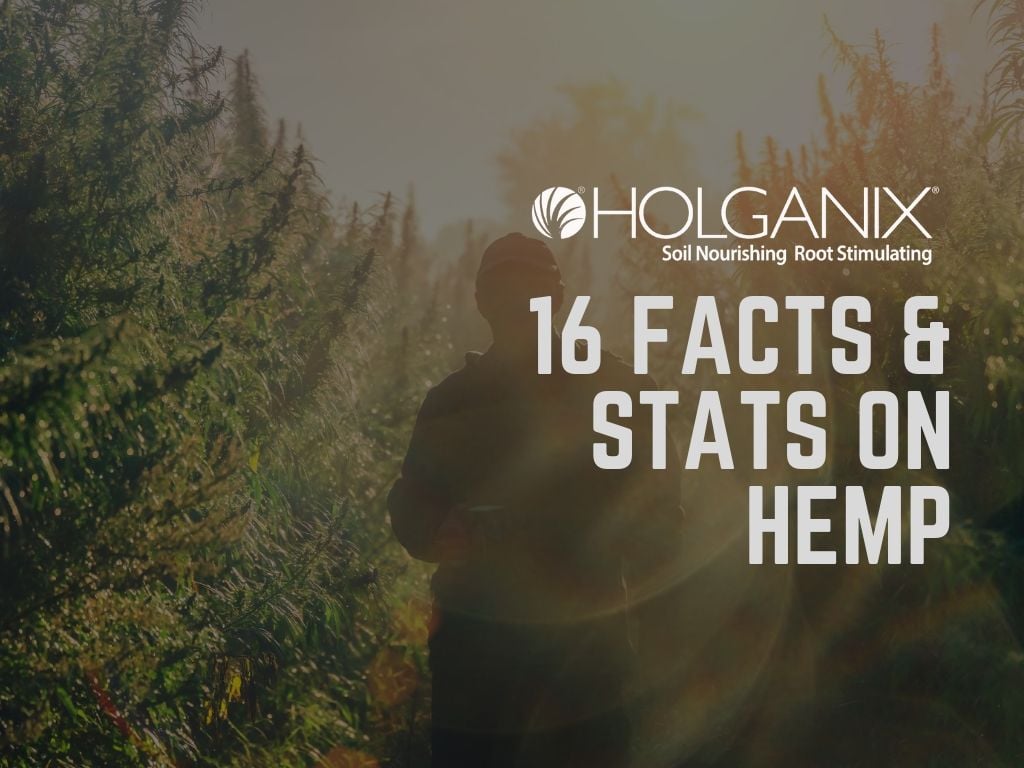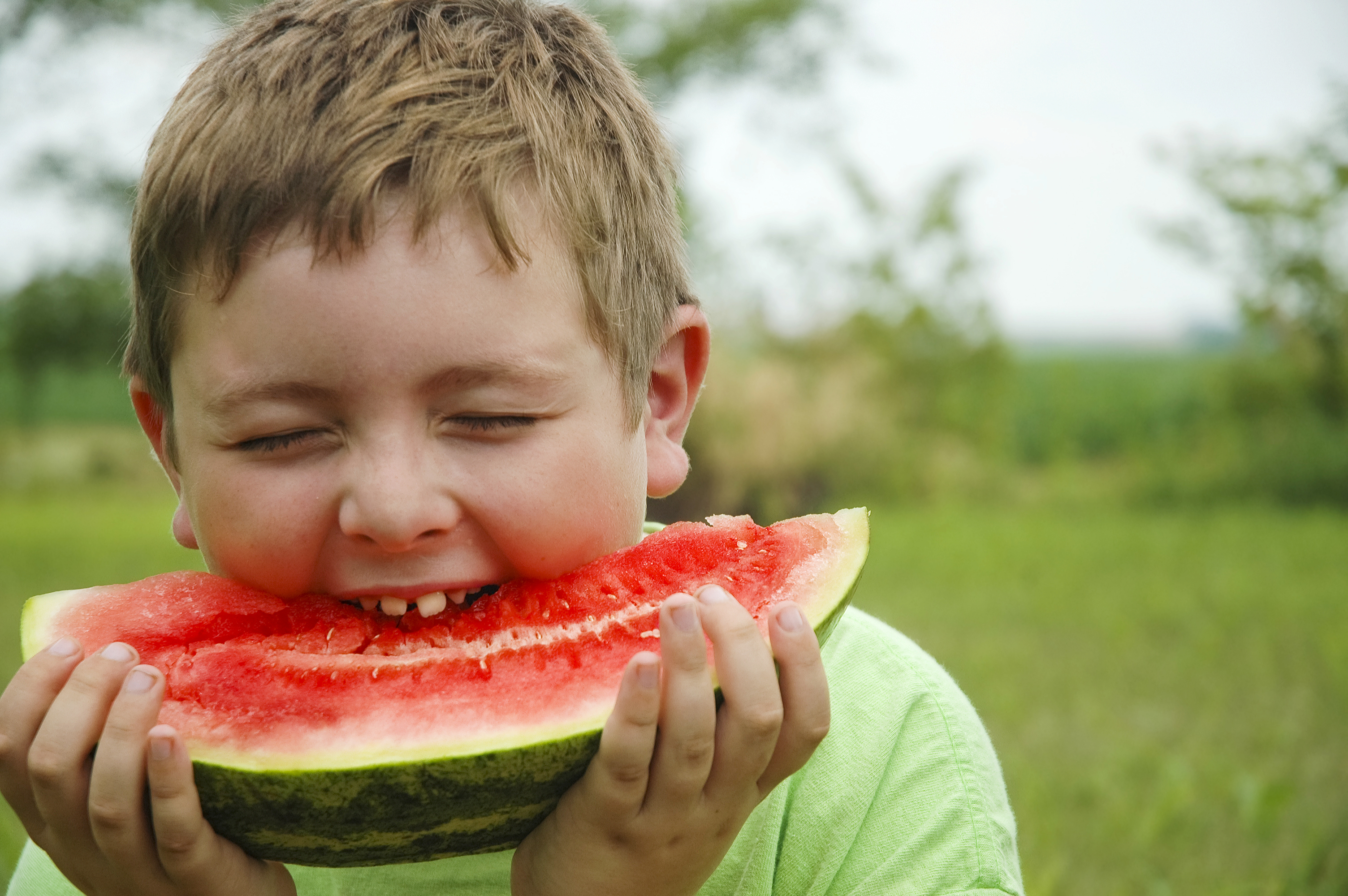.jpg?width=3072&name=blog%20header%20(3).jpg)
Thanks to well-documented research and agricultural innovations, no-till farming has become a normal agricultural practice. Not only does it allow farmers to save money on fuel and improve soil health, but it’s also better for the environment. Despite its benefits, no-till farming had a rocky start! Soil health became important with the onset of The Dust Bowl in the 1930s, but it wasn’t until 1962 that no-till farming would be used commercially. It took 56 years after that before no-till reached 100 million acres in the U.S.
In this blog, we dig into the history of no-till farming, reviewing 22 of the most important moments in no-till history.
Please note that many of the highlights below were provided by Maverick to Mainstream: A History of No-Till Farming. Readers who have an interest in learning more about the history of no-till farming should check out the book!
22 Of No-till Farming's Most Important Moments in History
- 1887 - John Deere and Leonard Andrus manufacture the steel plow.
- 1930 - The Dust Bowl begins, damaging American and Canadian prairies well into the 1930s. In 1931, drought, combined with over-plowed fields and a lack of prairie grasslands (among other farming practices and economic trends), caused “massive dust storms and economic devastation.”
- 1935 - The senate passes legislation to create the Soil Conservation Service, an agency under the USDA.
- 1943 - Agricultural agent Edward H. Faulkner releases the book Plowman’s Folly, promoting the idea that seeds could be planted directly into residue, prompting a soil conservation movement in the U.S.
- 1945 – After WWII, Dow releases 2,4-D to control broadleaf weeds, allowing large-scale farms to cultivate crops without tillage.
- 1961 – University of Illinois agronomist George McKibben begins no-till research in Illinois.
- 1966 – Harry Young becomes the first to use no-till on commercial farmland in the U.S. He farmed 0.7 acres of corn in Kentucky.
- 1966 – Allis Chalmers develops the first commercially available no-till planters. In 1993, the planter was recognized by the Equipment Manufacturers Institute as one of the 100 most important developments in agriculture.
- 1966 – Chevron Chemical releases Paraquat as a burndown herbicide and to control weedy plants in wheat fields.
- 1970 – Monsanto purchases Glyphosate from Stauffer Chemical after discovering it had weed control properties.
- 1972 – In the U.S. no-till crops are estimated at 3.3 million acres.
- 1972 – Frank Lessiter produces the first edition of No-Till Farmer magazine. That same year, Lessiter publishes the first book on no-till called No-Tillage Farming by Shirley Phillips and Harry Young.
- 1976 – The EPA approves Monsanto’s Round-Up Herbicide (Glyphosate) for use in no-till and conventional tillage systems.
- 1980 – Between 1978 and 1980 no-till acres in the U.S. nearly doubled to 16 million acres.
- 1985 – The U.S. Farm Bill provides subsidies for soil conservation.
- 1994 – Russia uses no-till farming to bring back 11 million acres of farmland destroyed by the Chernobyl nuclear power plant explosion.
- 2000 – No-till acres in the U.S. reach 50 million.
- 2005 – The USDA reports that farmers save 3.5 gallons of diesel fuel per year when switching from conventional to no-till farming. Using 2005 prices, a 1,000-acre farm would have saved $7,700 in fuel.
- 2017 – 100 million acres in the US use no-till.
- 2019 – General Mills pledges that it will apply regenerative agriculture practices to 1 million acres by 2030. Dannon, Kellogg's, Nestle, and Land ‘O Lakes also make pledges.
How Holganix Bio 800+ Breakdown Can Help No-Till Farmers
Holganix Bio 800+ Breakdown charges soil with a consortium of over 800 species of soil microbes, nitrogen, and microbe food. The microbes have heightened species that play a special role in crop residue breakdown – both the breakdown of the shoots above the soil and the roots below the soil. The breakdown of the residue releases nutrients and water to the soil. Plus, using Holganix Bio 800+ Breakdown on any fall-planted cover crops through residue will also improve emergence and stand establishment.
Watch this 3.5-minute video explanation from David Stark, Ph.D. and Holganix President of Agriculture. If you are reading this blog via email, click here to access the video.
How Do You Use Holganix Bio 800+ Breakdown?
Holganix Bio 800+ Breakdown is designed to be used after harvest, at a rate of 0.5 gal per acre. The total spray volume should be at least 15 gallons per acre. There are no re-entry restrictions associated with this product when applied without pesticides.
Please note that Holganix Bio 800+ products can be stored at ambient temperatures, and out of direct sunlight, for four-to-six weeks out of refrigeration. Long-term refrigeration storage is provided for customers who meet purchasing minimums.
Want To Learn More?
Check out these resources to learn more about Holganix Bio 800+ Breakdown:
 |
September 14, 2023
|
1:30 PM
|
September 14, 2023
|
1:30 PM
-2.jpg)
-1.jpg)
-1.jpg)
-1.jpg)
.jpg)

-2.jpg)
-1.jpg)
-1.jpg)
-1.jpg)
.jpg)




.jpg?width=3072&name=blog%20header%20(3).jpg)
.webp)
-1%20(1).webp)
-831535-2.webp)




.jpg)
